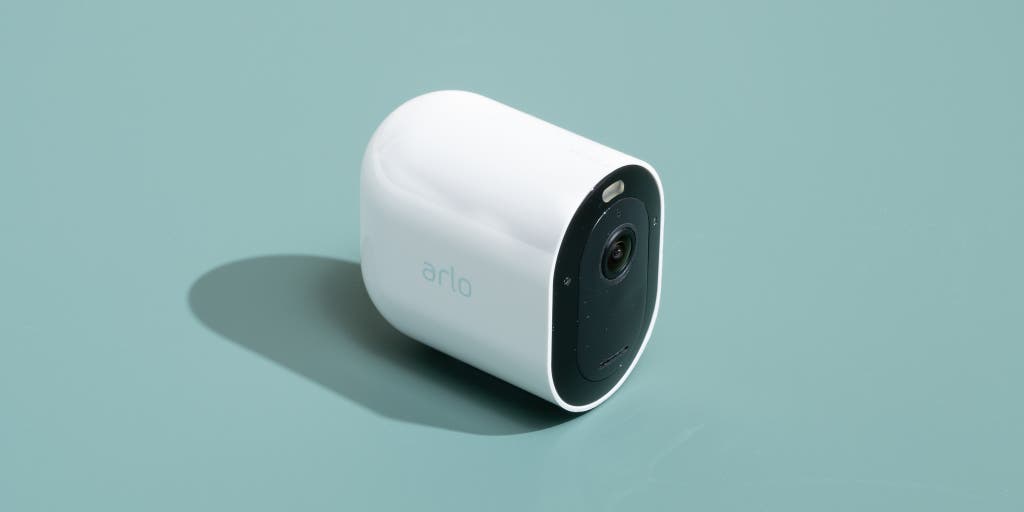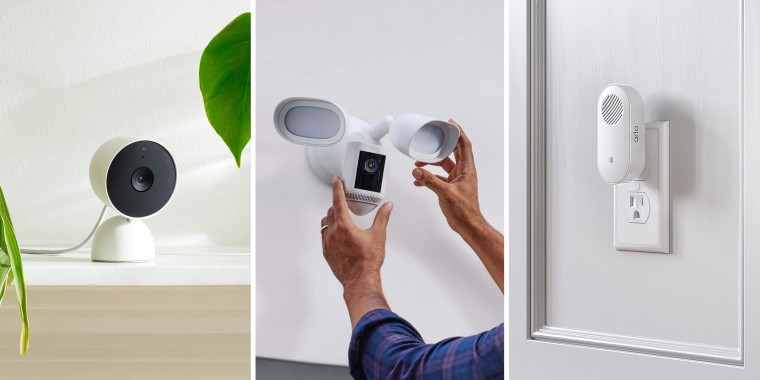Ultimate Security Guide: Top Tips to Protect Your Smart Home Devices!

Best practices for securing your smart home devices include using strong and unique passwords, keeping software and firmware up to date, and disabling unnecessary features and permissions to minimize security risks. In today’s technology-driven world, smart home devices have become increasingly common, offering convenience, comfort, and energy savings.
However, they also come with potential risks, such as hacking and intrusion. Therefore, it is essential to adopt proper security practices to protect your smart home devices and safeguard your privacy. By following these best practices, you can ensure the safety and integrity of your smart home devices and enjoy the benefits of a connected home without compromising your security.

Credit: www.nbcnews.com
The Importance Of Smart Home Security
Securing your smart home devices is of utmost importance in today’s digital age. With the growing vulnerability of connected devices, it is crucial to take proactive measures to protect your smart home. By doing so, you can safeguard your personal information and ensure the privacy and security of your home network.
Common threats faced by smart home users include hacking, malware attacks, and unauthorized access. These threats can lead to compromised safety, privacy breaches, and even financial loss. Therefore, it is essential to implement best practices for smart home security, such as regularly updating firmware, using strong and unique passwords, enabling multi-factor authentication, and keeping software and apps up to date.
By being proactive and following these guidelines, you can enjoy the convenience and comfort of a smart home without compromising your security and privacy.
Essential Tips For Protecting Your Smart Home Devices
As technology continues to advance, securing your smart home devices becomes increasingly important. One of the first steps in protecting your devices is to create strong and unique passwords. Regular firmware updates should also be prioritized, as they often contain important security patches.
Two-factor authentication adds an extra layer of security by requiring an additional verification step. Another vital step is to implement a secure wi-fi network, using a strong password and encryption. It is crucial to regularly monitor device permissions and access to ensure no unauthorized users gain control.
Avoid connecting to public wi-fi networks, as they can be easily compromised. Encrypting data transfers further enhances security. When it comes to smart home assistants, it’s essential to set up secure login credentials. Lastly, utilize secure home automation apps that have a proven track record of protecting user data.
By following these practices, you can safeguard your smart home devices from potential threats.
Advanced Security Measures For A Smart Home
Advanced security measures, such as installing firewalls and intrusion detection systems, help protect smart homes. Setting up a guest network for visitors safeguards the main network. Using secure virtual private networks (vpns) enhances data encryption. Regular security audits identify vulnerabilities and ensure robust protection.
Network segmentation separates devices into different subnetworks for added security. Physical security measures, like secure entrances, help prevent unauthorized access. When choosing smart home cameras, consider ones with strong privacy features. Selecting secure smart home devices with built-in security protocols adds an extra layer of protection.
Incorporating privacy zones helps safeguard personal information from being accessed or shared. Implementing these best practices ensures a safe and secure smart home environment.
Conclusion
To wrap up, securing your smart home devices is crucial in maintaining the safety and privacy of your home. By following the best practices outlined in this blog post, such as creating strong and unique passwords, regularly updating firmware, and using a secure wi-fi network, you can significantly mitigate the risk of unauthorized access or breaches.
Incorporating additional layers of security, such as enabling two-factor authentication and keeping software up to date, further enhances the protection of your smart home ecosystem. Remember to also conduct regular audits of your devices and reassess their security settings to adapt to emerging threats.
By being proactive and diligent in your approach to securing your smart home devices, you can enjoy the convenience and comfort they offer without compromising your safety. Stay informed, implement best practices, and rest easy knowing you have taken the necessary steps to safeguard your smart home.










